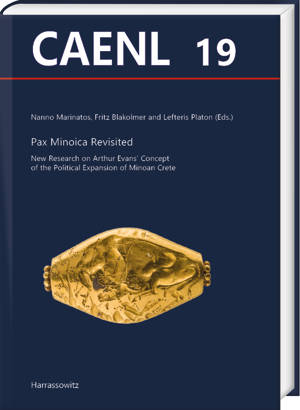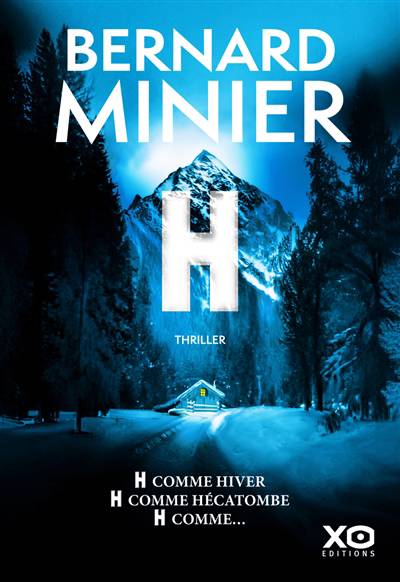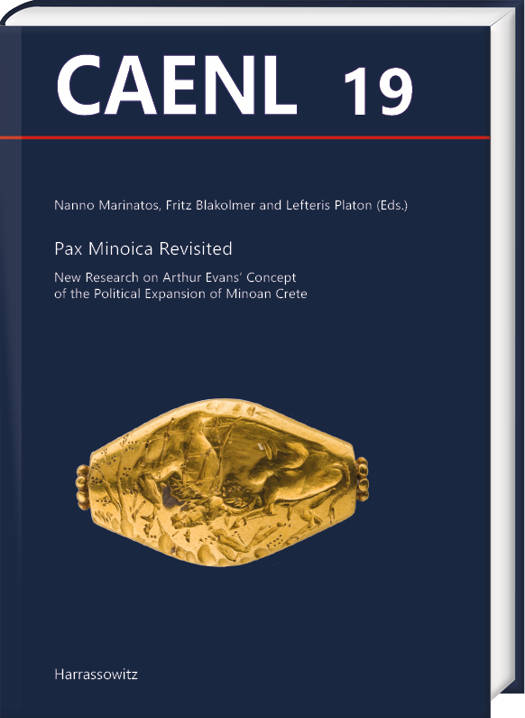
- Retrait gratuit dans votre magasin Club
- 7.000.000 titres dans notre catalogue
- Payer en toute sécurité
- Toujours un magasin près de chez vous
- Retrait gratuit dans votre magasin Club
- 7.000.0000 titres dans notre catalogue
- Payer en toute sécurité
- Toujours un magasin près de chez vous
Pax Minoica Revisited
New Research on Arthur Evans' Concept of the Political Expansion of Minoan Crete
96,95 €
+ 193 points
Description
Pax Minoica Revisited centers on the question of the 'Minoan state' in the Aegean during the 17th-15th centuries BCE and includes interconnected subjects such as the exact definition of 'Pax Minoica' and the role of Minoan warfare, the meaning of 'Minoan Thalassocracy' (the military role of the Minoan navy, as outlined by Thucydides), models of colonisation, ethnicity and cultural transformation. It includes a variety of approaches ranging from theoretical models to more traditional art historical analysis and the reconstruction and consideration of historical processes. Its aim therefore is to present new evidence, research and ideas on the subjects associated with the 'Pax Minoica' that challenge (or justify) Arthur Evans' original concept of a Minoan expansion and colonization.In 11 original articles by 12 international specialists active in the fields of Aegean archaeology and Egyptology, these subjects are of fundamental significance for our understanding of Neopalatial Crete and the Minoanised regions of the Aegean. They are re-examined under the impact of recent archaeological evidence, but also by the re-evaluation of old and inadequately published material. Regarding the geographical focus of the individual contributions, several of them shed light on the inner-Cretan political situation during the Neopalatial period, while others investigate the interconnections between Crete and the Aegean islands as well as those with Early Mycenaean mainland Greece. In addition, two contributions by Egyptologists focus on the relationship between Egypt and Minoan Crete during this crucial period.
Spécifications
Parties prenantes
- Editeur:
Contenu
- Nombre de pages :
- 296
- Langue:
- Anglais
- Collection :
- Tome:
- n° 19
Caractéristiques
- EAN:
- 9783447123273
- Date de parution :
- 25-06-25
- Format:
- Livre relié
- Dimensions :
- 210 mm x 297 mm

Les avis
Nous publions uniquement les avis qui respectent les conditions requises. Consultez nos conditions pour les avis.





